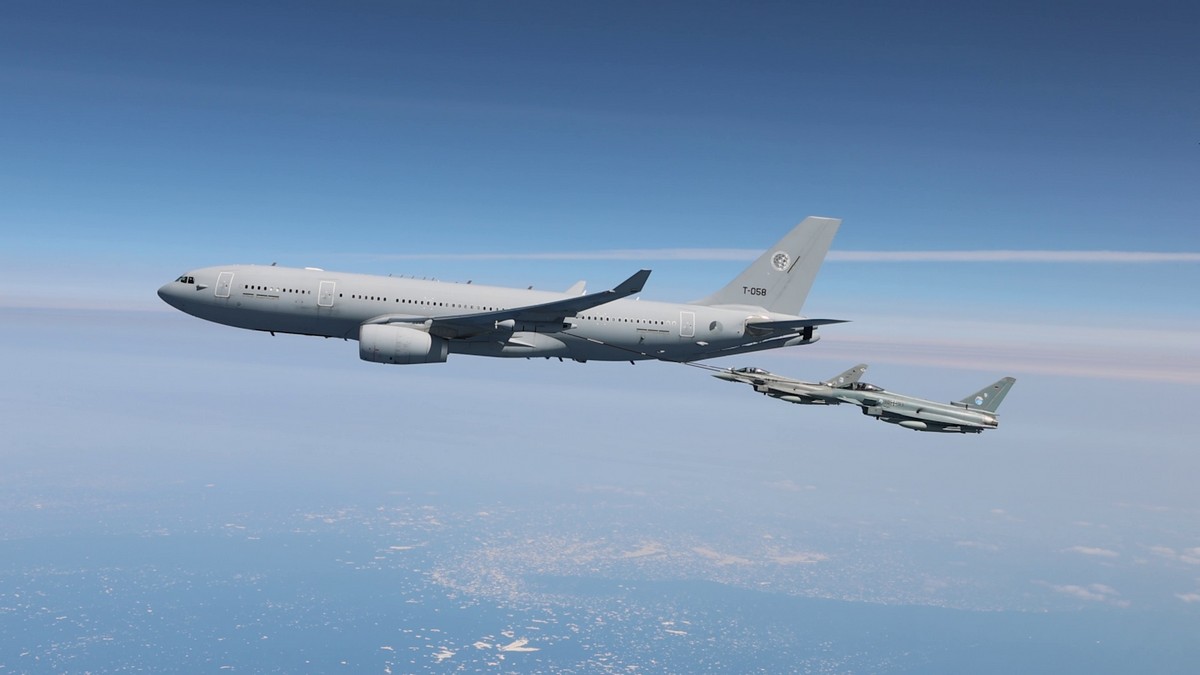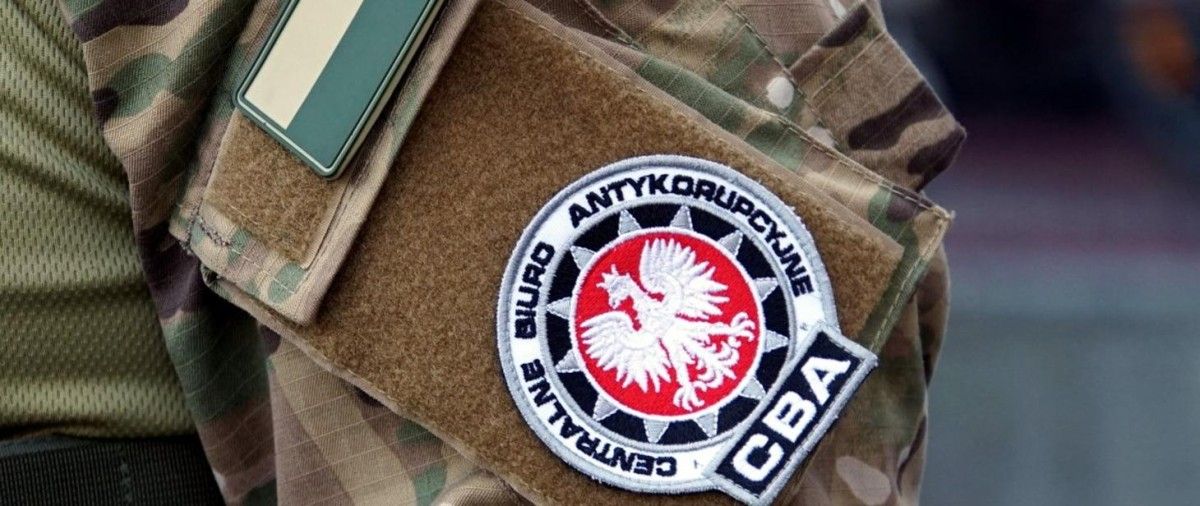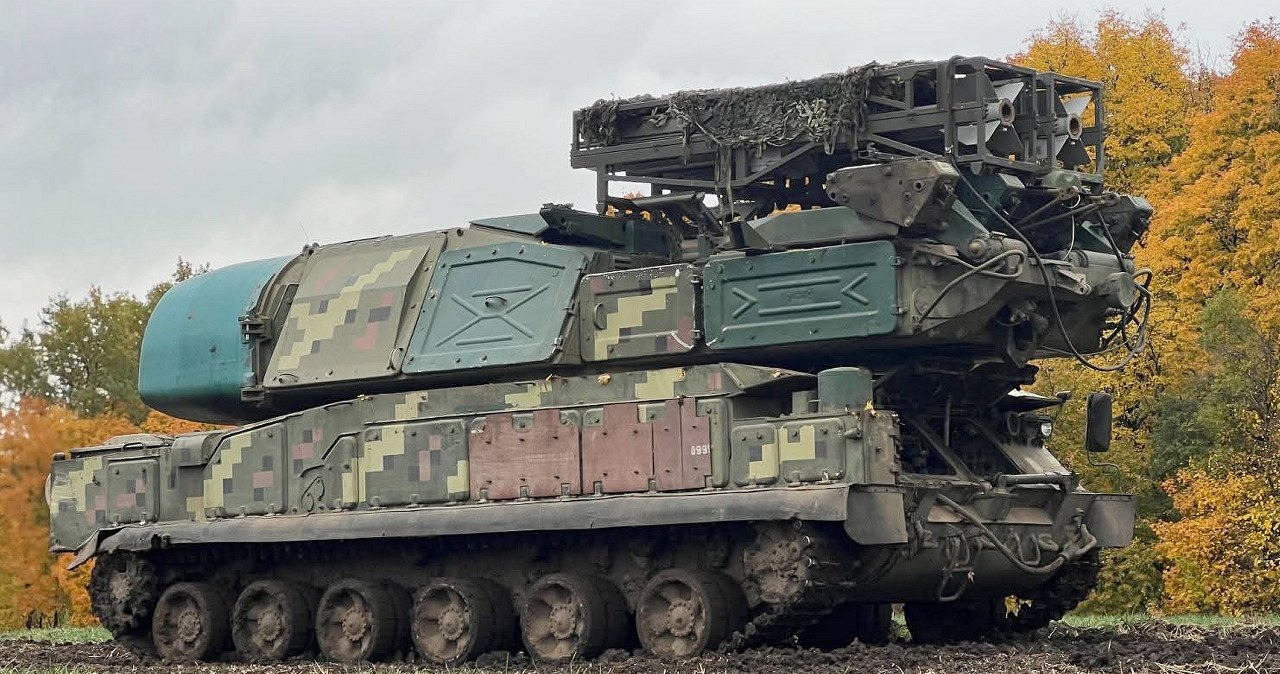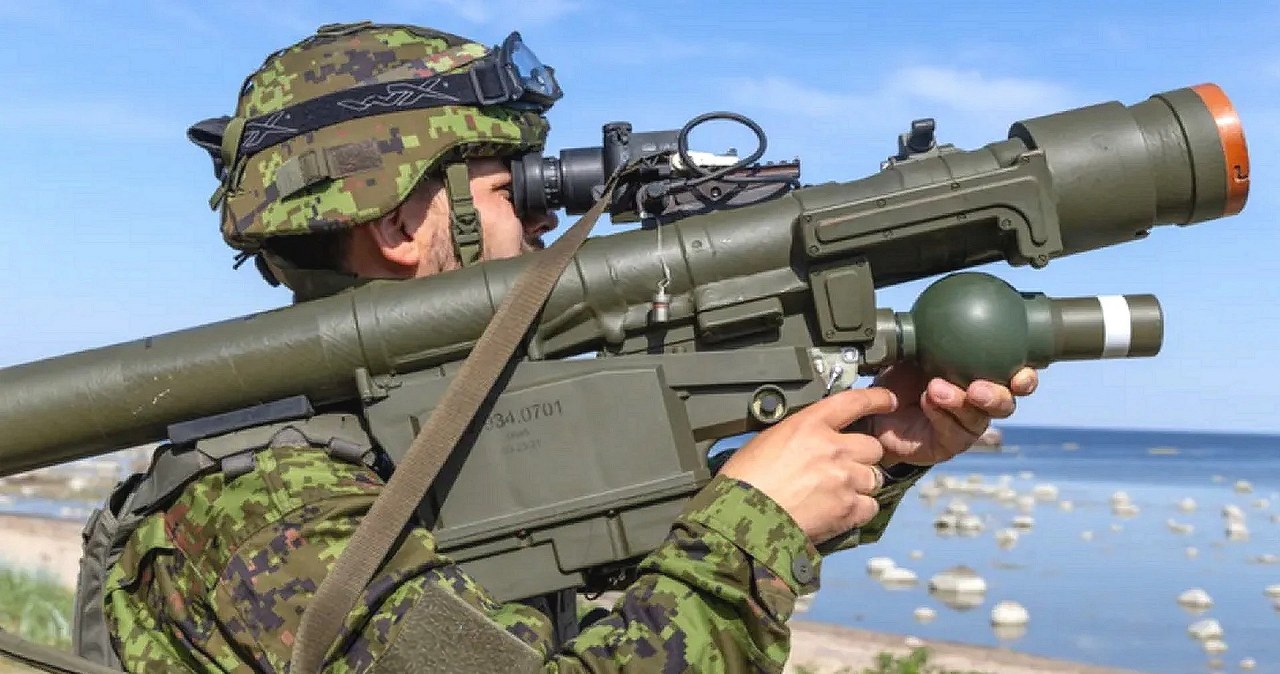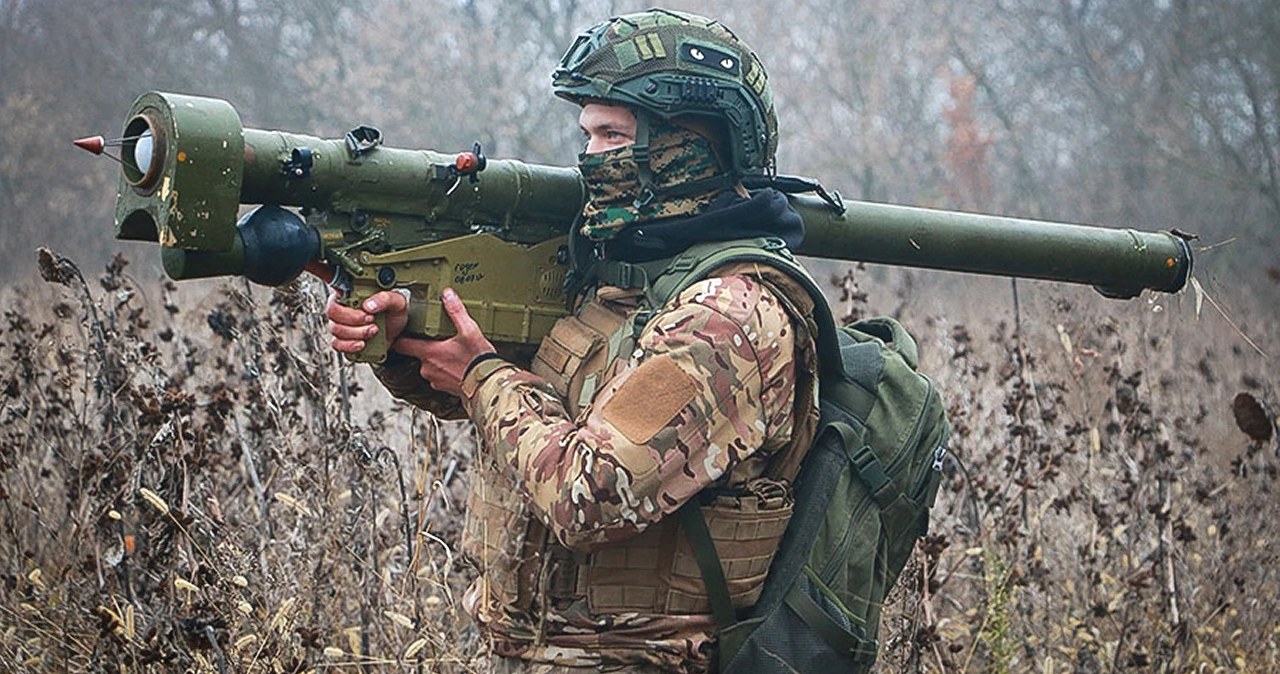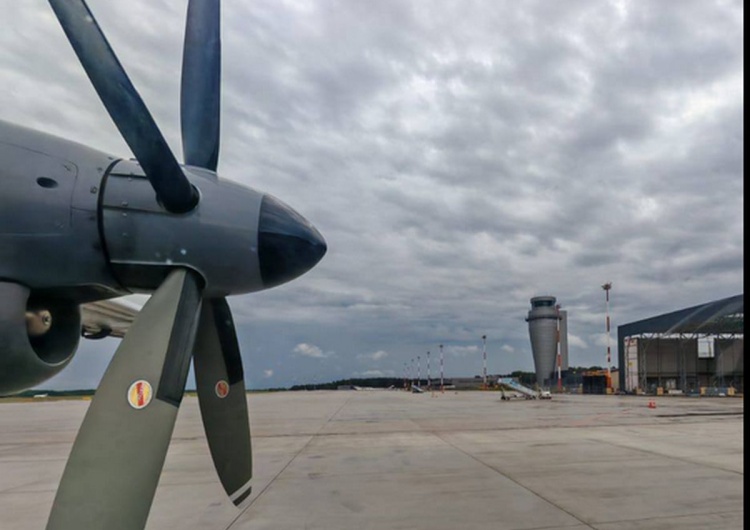This is an example of a CIS ACS/C (Automatic Channel Selection/Control) scanning SelCall [1], in this case a scan set of 7 channels is used. The signal was recorded by my friend AngazU in 2 occasions and presents any interesting aspects. As shown in Figure 1, the call consists of 5 scanning cycles: the 3 centrals ones, each consisting of all the 7 channels of the scan list (1-7), plus the first and the second ones consisting respectively of the 4 advanced channels (4-7) and the 3 lower ones (1-3): this way each channel of the scan list is "worked" 4 times. Since the scanning mode, the call (and most likely the system) is asynchronous.
 |
| Fig. 1 - the 5 CIS ACS/C cycles |
The main parameters are (Figure 2):
- utilized modulation in channels is FSK at 150 bps with a shift of 200 Hz;
- separation between channels is 4 Khz, for a full bandwidth of ~24 KHz
*
- each FSK section has a duration of 4000ms (see below) or 600 bits, which makes a 28s duration for a complete scanning cycle;
- the scanning call lasts 1m 50s;
- transition time between 2 consecutive channels is pratically zero.
* the occupied bandwidth in Hz may be computed as ~[(N-1) × 4000 + 2×Br], in this example N=7
 |
| Fig. 2 - main parameters |
The FSK segments exhibit a 300 ms ACF and consist of a 45-bit repeated series (Figure 3), evidently all the segments transmit the same data.
 |
| Fig. 3 - a demodulated bitstream |
It's worth noting that a 15-bit encoding would make sense.
As from Figure 1, the last FSK section is shorter (~ 2240ms alternatively of 4000ms): the series before the trailing "1s" seems to be 1 bit off from the erstwhile pattern, possibly it's a streaming failure (Figure 4).
 |
| Fig. 4 - last FSK section |
The second recording (Figure 5) shows the same scan set arrangement (4-7, 1-7, 1-7, 1-7, 1-3) but for a short FSK section in the 3rd scan cycle (Figure 6): it's not possible to know if it is intentional or is simply a malfunction or possibly - as assumed for the last section - a streaming failure.
 |
| Fig. 5 |
 |
| Fig. 6 |
About the dimension of the FSK segments it's interesting to announcement in Figure 7 that the very first segment, and only this, lasts 4040ms and consists of an first preamble consisting of a 460ms "01"s series followed by a ~ 3580ms dimension data of the selcall: most likely the preamble signals the start of the scanning cycles.
 |
| Fig. 7 - "01"s preamble in the first FSK segment |
 |
| Fig. 8 - different modulation speeds detected with the "zero-crossing" method |
 |
| Fig. 9 - 160 and 150 bps FSK demodulations |
The scanning strategy makes most likely usage of the CIS Selcall waveform [2] "Vishnya" (from the name of the R-016V "Вишня" radio equipment): indeed modulation, bps, shift and ACF match. It must be said, however, that although I referred to the transmission as a "call" it could besides be an LQA or another kind of message/signaling. seemingly - at least in this condition of band - there is nor answer from the called station.
By the way, besides this (quite uncommon and old) signal was heard utilizing a distant SDR located in Ukraine... unfortunately, many interesting signals are on-air in that unfortunate area.
https://disk.yandex.com/d/MuMLNeTCkb4npg
[1] http://signals.radioscanner.ru/base/signal251/
[2] http://signals.radioscanner.ru/base/signal106/


